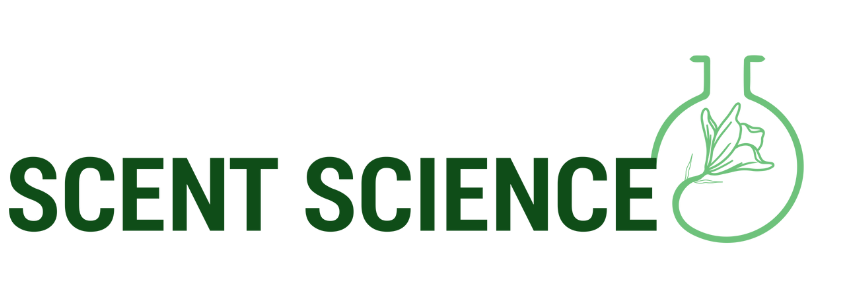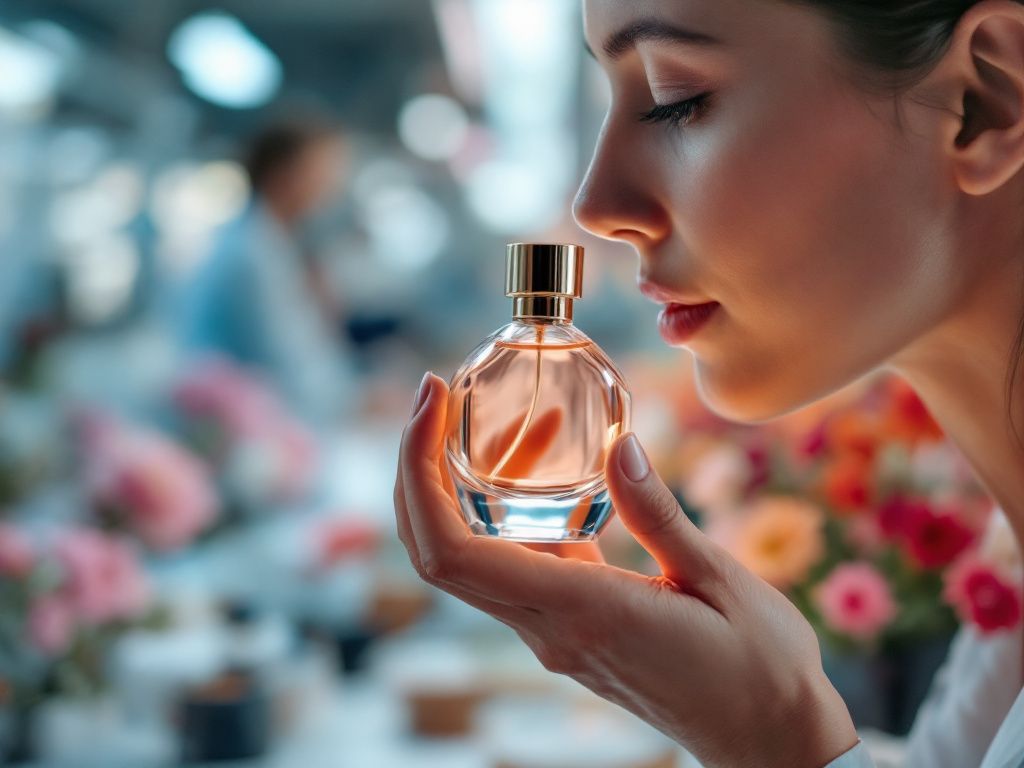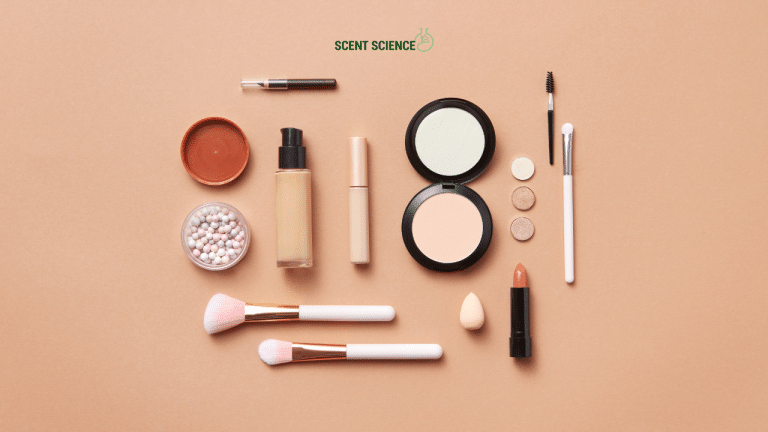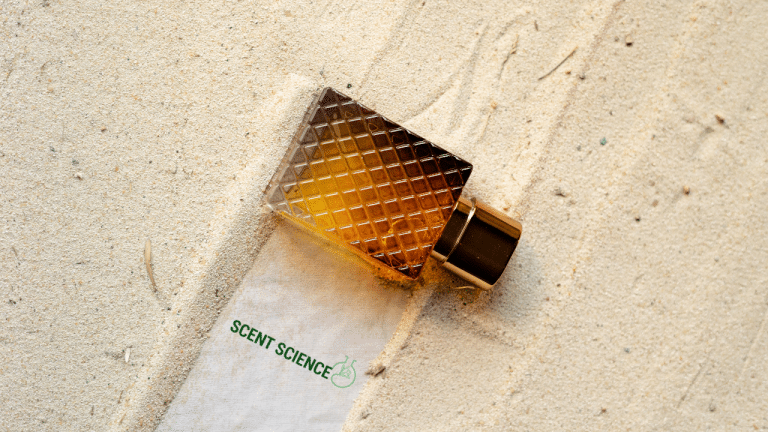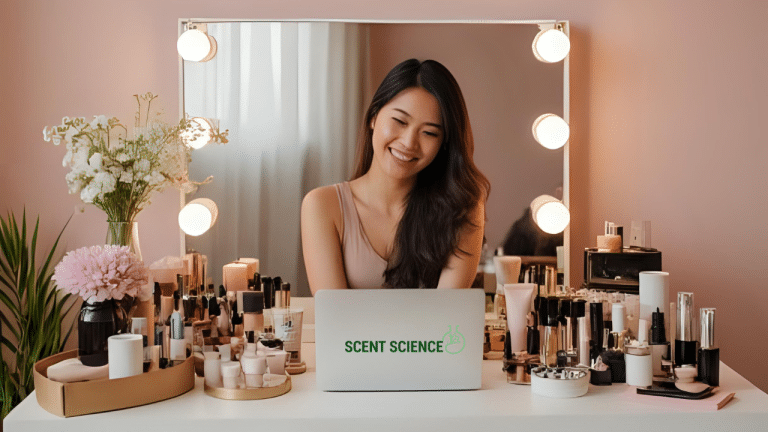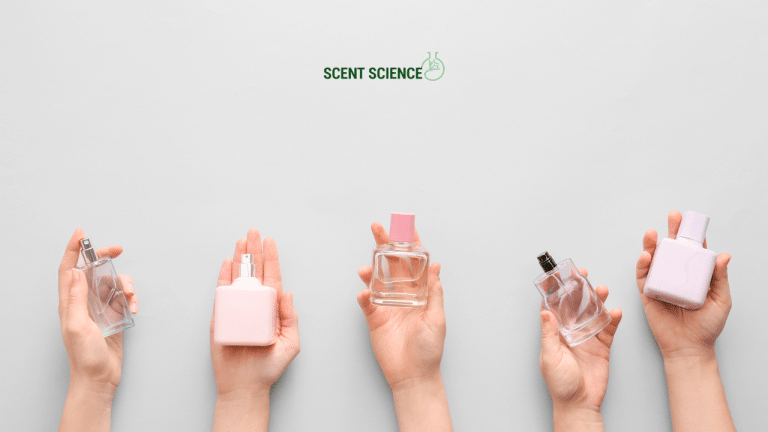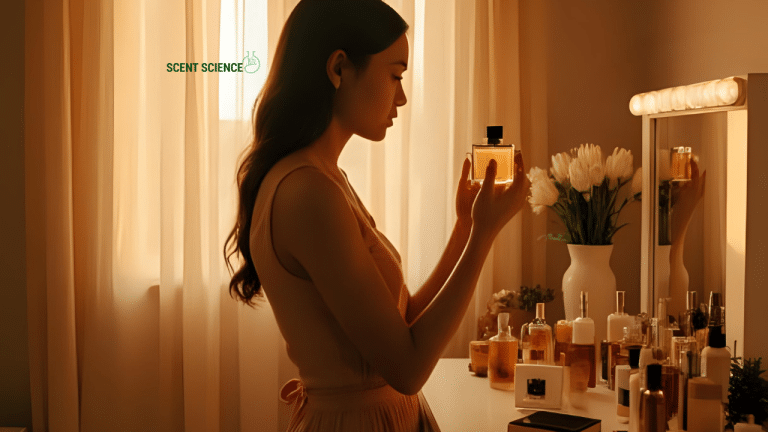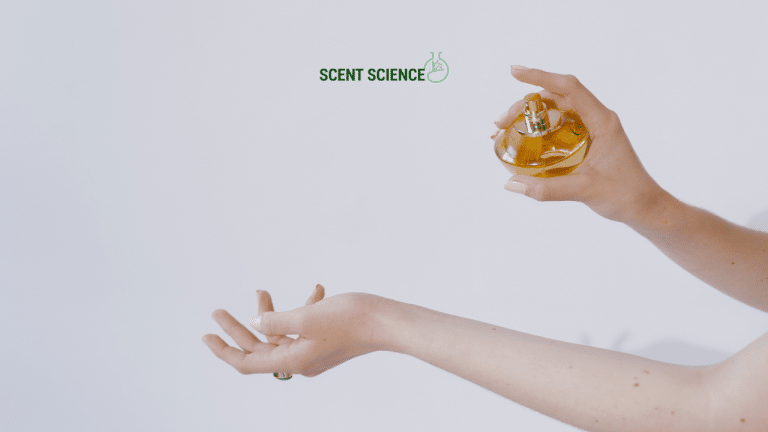Ever walked by someone and felt like you’ve been transported to another world, thanks to their perfume? It’s wild how a fragrance can evoke such vivid emotions or memories, right? But then, the real question hits: How do you bottle that magic? That’s where the art and science of creating a perfume making formula comes in—a concoction of creativity and precision.
You might’ve thought about dabbling in creating your own signature fragrance, but the manufacturing process feels intimidating. No worries, I got you. I’ll walk you through the ins and outs of crafting your own perfume, like a buddy who knows a thing or two about crafting aromas. Dive into the aromatic whirlpool with me as we blend creativity with chemistry.
Table of Contents
ToggleUnderstanding the Basics
Before you conjure up the next iconic fragrance, let’s decode what goes into a perfume making formula. It’s a mix of the right ingredients, precise measurements, and a little bit of patience. Don’t worry; it’s not rocket science! The traditional perfume pyramid breaks down into three parts: top notes, middle notes, and base notes.
The Pyramid of Perfume
- Top Notes: The first impression. Think of citrus, light florals, or herbs. They’re fleeting but impactful—usually what you notice immediately.
- Middle Notes (Heart Notes): They start to sing as the top notes fade. A mix of floral, fruity, or spicy scents, these develop as the fragrance’s signature.
- Base Notes: The olfactory foundation. Woods, amber, or musk settle in once the others have made their debut. This is where depth and longevity come into play.
The beauty in a perfume making formula is blending these to create a harmonious symphony.
Gathering Your Ingredients

Let’s chat ingredients. Like baking a cake, good quality ingredients make all the difference when you’re mastering the perfume formula.
What You Need
- Essential Oils or Perfume Oils: These are the stars of the show. Essential oils are natural and offer a wide range of scents, from lavender to sandalwood. Perfume oils can encompass synthetic components providing consistency.
- A Base Substance: Ethanol, often pure grain alcohol, is commonly used. This helps dissolve the oils and intensifies the fragrance. Vodka’s a friendly alternative if you’re experimenting at home. Some prefer jojoba or fractionated coconut oil for oil-based perfumes.
- Distilled Water: Even your fragrance needs a little hydration. It dilutes the perfume for the right balance and smoothness.
- Container and Tools: Get yourself a few glass bottles, pipettes, measuring cylinders, and a dark-colored storage bottle (think amber or blue) for preserving those delicate aromas from light degradation.
Choosing Your Notes
Now’s the time to channel that inner artist. Mix and match a few essential oils. Perhaps lavender for a soothing top, basil for your middle, and vanilla for a comforting base. Each combination’s like playing with a music sheet—do they harmonize well? Give them a sniff!
The Perfume Manufacturing Process
Finally, onto the main event: crafting your perfume making formula.

Step-by-Step Process
- Decide Your Concentration: How intense do you want your scent? Eau de parfum is thicker, around 20-30% oils, while cologne is lighter, with about 2-4% oils.
- Mixing Notes:
- Combine your top, middle, and base notes in a 3:2:1 ratio.
- For blending around 10 ml of fragrance, aim for 60-80 drops of essential oil.
- Dilution:
- Pour your alcohol into the mixture. Generally, three parts of alcohol are used for every one part of oil.
- Resting Period: Let your mix rest in a cool, dark place for a minimum of 48 hours. Patience is key—some opt to wait up to a month for a deeper melding of the scents.
- 5. **Final Touches:
- Dilute further with 2.5 ml of distilled water for a refined touch.
- Filter the mixture using a coffee filter to ensure clarity.
- Transfer into your dark glass bottle for safe storage.
Fine-Tuning and Troubleshooting
Let’s say your initial mix isn’t quite there. No need to scrap it—sometimes a scent just needs a tweak.
- Too Sharp? Add more base notes to anchor and soften it.
- Too Muted? Amplify with some vivid top notes or even include a few more drops of middle notes to come off stronger.
- One Note Dominates? Overs wait and revisit; aging can naturally balance the character.
Remember, crafting a perfume making formula involves trial and error. That’s where the magic happens—adjust, test, and perfect.

Pro-Tips and Recommendations
You picking up what I’m putting down? Let’s wrap up with some final gems to pack into your perfume-making arsenal.
- Note Journals: Keep a diary of all your testing. Seriously, noting down whatever you blend or tweak guides you in refining future concoctions and understanding scent behaviors.
- Setbacks as Stepping Stones: Don’t be afraid to venture out—add an unexpected note! Some of the best fragrances in history were accidents turned masterpieces.
- Sustainably Source: Whenever possible, lean towards sustainable sources for ingredients—better for you, your perfumes, and the planet!
- Safety Standards: Ensure that the essential oils used on your skin are skin-safe and allergen-free for the acclaimed scent.
Final Takeaways
And just like that, you’re on your way to crafting the next iconic fragrance. Perfume making isn’t just about mixing ingredients; it’s about tuning into the symphony of scents and hues—the personality behind each spray.
So grab your bottles, gear up that nose, and venture forth with your custom perfume making formula. It’s a journey bursting with creativity, curiosity, and a sprinkle of experimentation. Remember, it’s all about sharing oxygen with nostalgia and vibes that create whispers of where you’ve been and a hint of where you’re headed next. Keep experimenting, and let each blend be a part of your unique aromatic story. Much like life, the results might surprise you.
Frequently Asked Questions
What are the basic components of a perfume making formula?
A perfume making formula typically consists of three main components: top notes, middle notes (heart notes), and base notes. Top notes are the initial scents you smell, middle notes emerge after the top notes fade, and base notes are the longest-lasting scents[5][2][4).
How do you blend the ingredients in a perfume making formula?
When blending perfume ingredients, start with small amounts of each accord and gradually adjust the proportions. It is crucial to test each blend as you go to ensure the desired scent is achieved. The formula often includes a specific ratio of fragrance oils to a carrier oil or alcohol[1][5][2).
What is the importance of maturing and macerating in perfume making?
Maturing and macerating are essential steps in perfume making. Maturing involves allowing the perfume concentrate to age in a cool, dark place for several weeks to develop the scent fully. Macerating involves diluting the concentrate with alcohol and then letting it sit for a few weeks. These processes help stabilize and enhance the fragrance[2][4).
Why is filtering important after maturing and macerating the perfume?
Filtering is necessary after maturing and macerating to remove particulates that accumulate from natural ingredients like resins. This step ensures the perfume remains clear and stable, especially when exposed to different temperatures[2][4).
References- How to Make Your Own Perfume Oil. Immortal Perfumes.
- The Fragrance Creation Process: From Inspiration To Release. Sonoma Scent Studio.
- How Is Perfume Made? Perfume Manufacturing Guide. FragranceX.
- Learn The Basics Of Making Perfume. makesy®.
